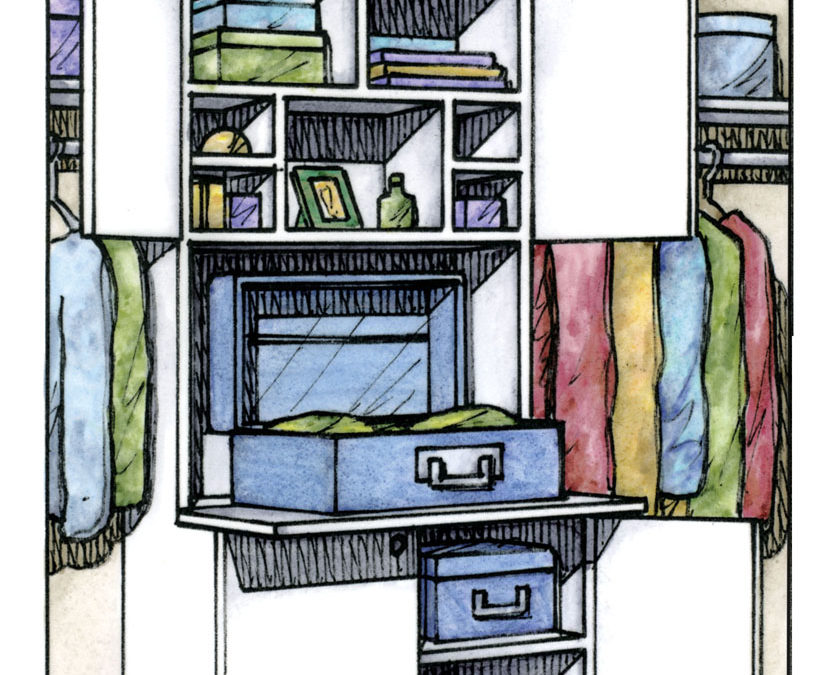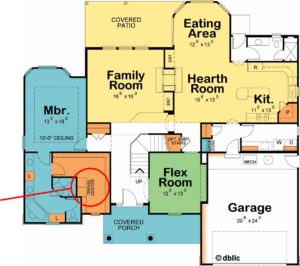
From Features to Benefits to Emotions
Eureka! You’ve just stumbled upon one of the most obvious advantages your homes offer that’s not found in other builders’ homes. Once they know, customers will beat a path to your door! But before you commit to that advertising campaign, let’s see what we can learn from Apple.
In the age of Sony Walkman personal CD players, Apple introduced the iPod, which could hold a lot more music than a single CD-Rom. Apple capitalized on that benefit with their slogan, “1000 songs in your pocket.” The advantage was obvious…and enormous!
Yet, according to marketing/branding guru Alessandra Ghini who was working for Apple on the iPod at that time, “the tagline failed to take the iPod mainstream.” Apparently, storage space wasn’t the point. As reported in Fast Company, Ghini’s team asked owners, “Why do you enjoy the iPod?” Consumer feedback centered around the emotions music can evoke from each listener. Ghini’s team refocused iPod advertising on the now ubiquitous human silhouettes enjoying their music, and another chapter in the annals of Apple’s success was written.
Holding 1000 songs was a factual benefit of the iPod. Yet, in that context, the appeal was limited. Apple’s home run came with tapping into buyers’ emotions surrounding using the product, specifically music’s ability to affect/enhance our mood.
Now, let’s return to that new amenity offered in your homes. We’ll use the Travel Center in the owner’s suite closet as an example. Properly staged, a Travel Center is obvious and easily understood by your model home visitors. But will it actually sell more homes? That depends on how those model home visitors feel.
Stories are a powerful way to tap into buyer’s emotions. “You know, I nearly broke my ankle when I tripped over the suitcase in my closet.” Or, “I love the travel center because everything’s ready, right there, for an unexpected trip.” Asking, “How do you see yourself using the Travel Center?” or to the frequent traveler “How would it make you feel to have everything for your next trip right here at your fingertips?” can help prospects envision living in the home and using the travel center.
Remember, buyers buy on emotion!
Most any plans with a walk-in closet can incorporate a Travel Center into the design, but here is a selection of plans with Travel Centers already designed:
- the McGuire – #50029
- the Tristan OTB – #42211
- the Corbett – #42104
- the Crocket – #50032
- the Rourke – #42082
